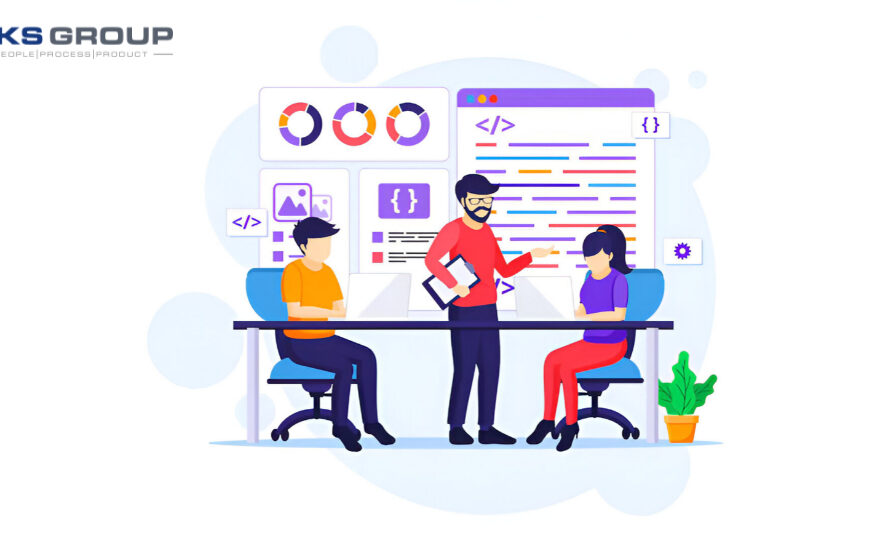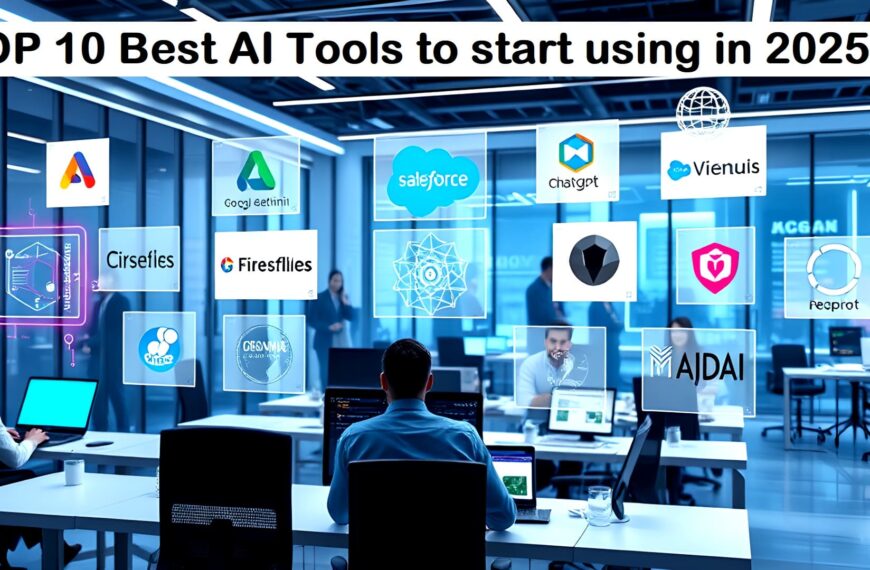Recruiting top talent is one of the most crucial aspects of building a successful business. For hiring managers and recruiters, managing candidate pipelines can often feel like a juggling act. This is where recruiting software becomes a game-changer. By streamlining processes, enhancing candidate experience, and optimizing recruitment strategies, these tools enable businesses to fill positions faster and more efficiently. This blog will explore how to use recruiting software to manage candidate pipelines effectively while maintaining an edge in the competitive talent acquisition landscape.
The Importance of Candidate Pipeline Management
Before diving into the technicalities of recruiting software, it’s vital to understand why managing a candidate pipeline is essential. A well-maintained pipeline allows recruiters to:
- Stay organized: It ensures no potential candidate falls through the cracks.
- Save time: By streamlining communication and follow-ups.
- Foster relationships: Nurturing connections with passive candidates for future opportunities.
- Improve candidate experience: Creating a positive impression of the organization.
- Enhance hiring quality: By continuously engaging with a pool of qualified professionals.
Given the competitive job market, investing in tools and strategies that enhance pipeline management is not just an option—it’s a necessity.
Key Features of Recruiting Software for Pipeline Management
Modern recruiting software is packed with features designed to simplify the hiring process. Here are some of the most impactful features that directly benefit pipeline management:
- Automated Workflows: Automate repetitive tasks like sending follow-up emails, scheduling interviews, and updating candidate statuses.
- Applicant Tracking System (ATS): Keep all candidate data centralized and accessible for easy management.
- Customizable Pipelines: Tailor the recruitment stages to match your hiring process.
- Candidate Relationship Management (CRM): Maintain strong connections with both active and passive candidates.
- AI-Powered Matching: Leverage AI to match candidates to job openings based on skills, experience, and qualifications.
- Reporting and Analytics: Gain insights into pipeline performance, time-to-hire, and candidate drop-off points.
- Collaboration Tools: Enhance teamwork by enabling hiring managers and recruiters to communicate within the platform.
- Integration Capabilities: Seamlessly integrate with other HR tools, job boards, and social media platforms.
Steps to Manage Candidate Pipelines Using Recruiting Software
- Define Your Hiring Stages
The first step in managing your candidate pipeline is defining the stages in your recruitment process. For example, these might include:
- Initial Application
- Screening Call
- Technical Assessment
- Panel Interview
- Reference Check
- Offer Stage
With recruiting software, you can create custom stages that align with your specific process. This helps ensure every candidate is appropriately categorized and tracked.
- Centralize Candidate Data
Gone are the days of manually updating spreadsheets. Recruiting software acts as a centralized hub for storing and managing candidate information. This not only keeps things organized but also ensures that all stakeholders have access to the most up-to-date data.
- Leverage Automation
Automation is a cornerstone of efficient pipeline management. For instance, use automated email templates for:
- Acknowledging receipt of applications
- Scheduling interviews
- Sending rejection letters
This not only saves time but also enhances the candidate experience by ensuring timely communication.
- Utilize Candidate Scoring
Many recruiting platforms offer candidate scoring systems. These scores are based on predefined criteria such as skills, experience, and cultural fit. By ranking candidates, you can quickly identify the top contenders for a role.
- Nurture Passive Candidates
Not every candidate in your pipeline will be actively seeking a job. Use CRM features to maintain relationships with passive candidates by sending:
- Personalized messages
- Industry news
- Job updates
This keeps your organization on their radar for future opportunities.
- Track Metrics
To continuously improve your pipeline management, monitor key metrics such as:
- Time-to-hire
- Candidate drop-off rate
- Source of hire
Recruiting software provides detailed reports and dashboards to help you analyze these metrics and refine your strategies.
- Promote Collaboration
Effective hiring requires teamwork. Use collaboration tools within the software to:
- Share candidate profiles with hiring managers
- Gather interview feedback
- Make collective decisions
This reduces communication gaps and ensures everyone is on the same page.
- Optimize Job Postings
Most recruiting platforms integrate with job boards and social media channels. Optimize your postings by using high-traffic keywords to increase visibility. For instance:
- “Remote software engineer job”
- “Marketing manager with SEO expertise”
These tools often provide insights into which platforms yield the best results, allowing you to focus your efforts accordingly.
Best Practices for Maximizing Recruiting Software’s Potential
- Regularly Update the Pipeline Keep the pipeline up-to-date by moving candidates through stages promptly. This ensures accuracy and prevents bottlenecks.
- Train Your Team Ensure all team members are familiar with the software’s features. Many vendors offer training sessions or resources to help.
- Maintain Data Integrity Regularly audit your database to remove outdated or duplicate entries. A clean database improves efficiency and compliance.
- Personalized Communication Avoid generic templates. Use the software’s personalization features to make your emails more engaging and candidate-specific.
- Leverage AI Insights Use AI-driven recommendations to identify trends and opportunities within your pipeline. For example, AI can predict which candidates are most likely to accept an offer.
Advantages of Using Recruiting Software
- Time Savings: Automation reduces the time spent on administrative tasks.
- Improved Candidate Experience: Timely communication and streamlined processes leave a positive impression.
- Data-Driven Decisions: Analytics enable informed decision-making.
- Scalability: Handle large volumes of applicants without compromising efficiency.
- Enhanced Collaboration: Teams can work together seamlessly, even in remote settings.
Conclusion
Recruiting software is no longer a luxury but a necessity for modern talent acquisition teams. By effectively managing candidate pipelines, these tools help businesses secure the best talent while optimizing resources and improving overall efficiency. With automation, analytics, and personalization, you can elevate your hiring strategy to new heights. Embrace recruiting software today and stay ahead in the competitive world of talent acquisition.















